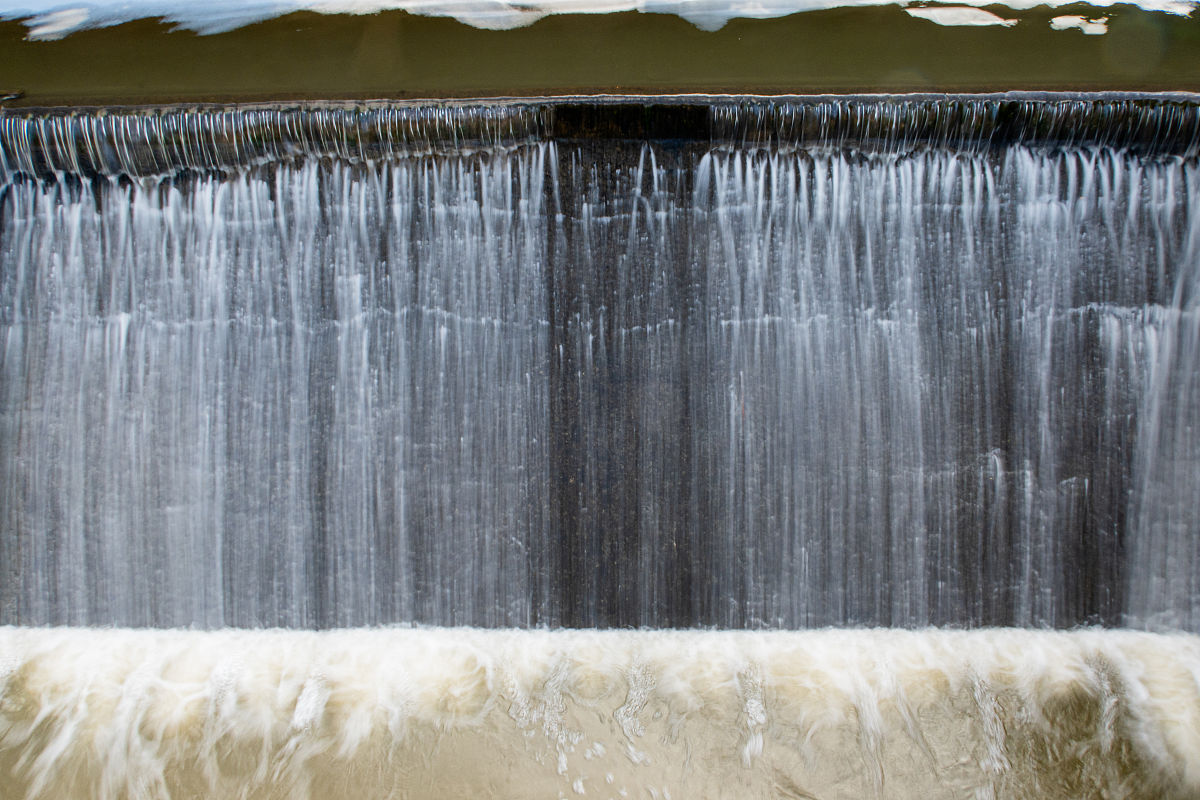Rainwater Harvesting System: Components and Benefits
A common rainwater harvesting system typically includes the following components:
-
'Catchment surface': This can be the roof of a building, a paved surface or a natural surface such as a hillside.
-
'Gutters and downspouts': These collect rainwater from the catchment surface and direct it into the storage tank.
-
'Storage tank': This is where the rainwater is stored until it is needed for various uses such as watering plants or flushing toilets.
-
'Filtration system': Rainwater is often filtered before it is stored to remove debris and contaminants.
-
'Distribution system': This includes pipes and valves that deliver the rainwater to the various parts of the building or property where it is needed.
-
'Overflow system': This prevents the storage tank from overflowing during heavy rains by diverting excess water away from the system.
-
'Pumping system': If the stored rainwater needs to be pumped to higher elevations, a pumping system may be necessary.
Overall, a rainwater harvesting system is designed to capture and store rainwater for various uses, reducing the demand on mains water supply and providing a more sustainable and eco-friendly water source.

原文地址: https://www.cveoy.top/t/topic/mRck 著作权归作者所有。请勿转载和采集!